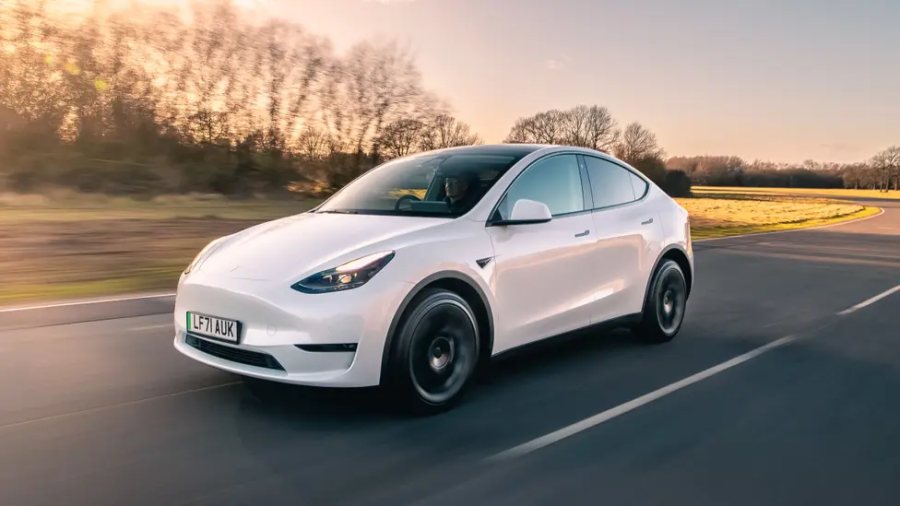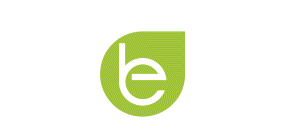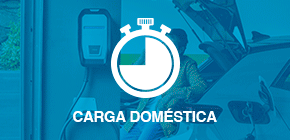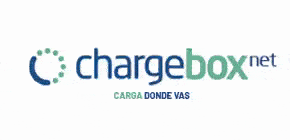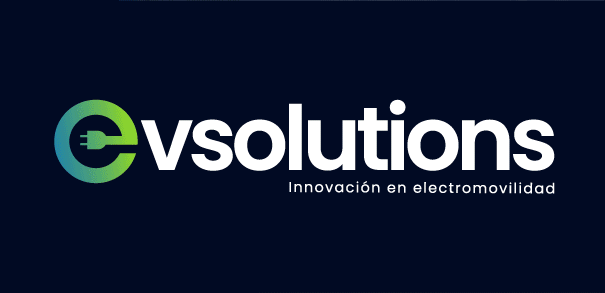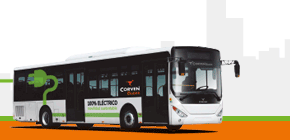In the first days of November the European Automobile Manufacturers Association (ACEA) gave the registration numbers for the third quarter of 2022 (August to October).
The market share of battery electric vehicles increased further, as sales continued to rise. They now account for 11.9% of total passenger car registrations in the European Union (up from 9.8% in Q3 2021).
In the year to date (January-August), 870,000 electric cars had been registered in Europe. They now account for a further 259,449 units.
Only two countries were the exception to the growth: Denmark (-2.6%) and Italy (-35.0%). All markets in the region contributed to this positive performance, with even triple-digit gains in Cyprus (+490.0%), Latvia (+231.8%), Romania (+213.4%) and Bulgaria (+101.7%).
The figure for the best-selling brands in the last quarter has not yet been published and the existing figures are those of the previous two quarters.
Best-selling electric cars in Europe in 2022 (January-August):
- Tesla Model Y: 53,997
- Tesla Model 3: 43,575
- Fiat 500 electric: 42,225
- Volkswagen ID.4: 34,467
- Skoda Enyaq iV: 31,578
- Peugeot e-208: 29,401
- Dacia Spring: 26,659
- Hyundai Kona Electric: 26,378
- Kia e-Niro: 25,899
The best-selling car is the American car, characterised by its seven seats and a large lithium-ion battery that gives it an electric range of between 430 and 533 kilometres, depending on the version.
The Tesla Model Y is manufactured at Tesla’s facilities in California, as well as at the Gigafactory in Shanghai (China) and Berlin.
It benefits from the extensive network of Supercharger fast chargers already installed throughout the US and much of Europe. By July 2022, Tesla has 800 Supercharger locations on the continent.
Meanwhile in other vehicle registrations, hybrid-electric vehicles also gained market share, accounting for 22.6% of all sales (up from 21.2% in Q3 2021).
Despite the market loss, diesel and petrol vehicles continue to dominate, with a combined share of 54.3%.



